Expanded features turn Mont du Lac into year-round attraction
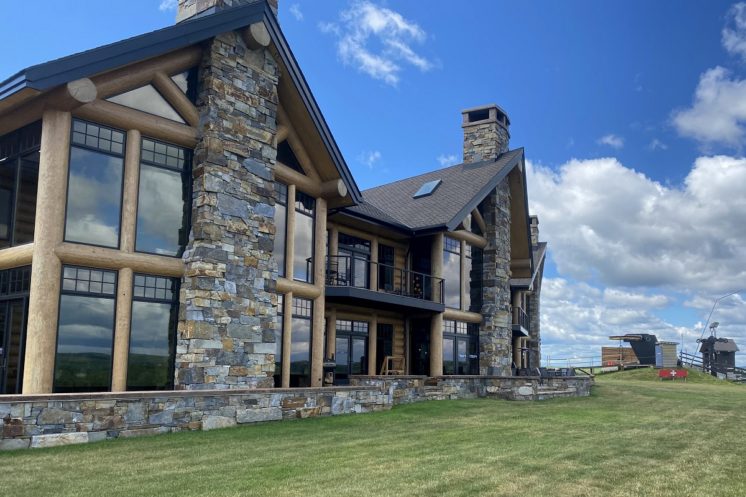
The Trophy Lodge opened in 2017 at the top of the ski hill at Mont du Lac. It’s just one of many recent developments than have radically changed the recreation area. (Photo by Jayden Erie)
For nearly 75 years, Mont du Lac has been primarily known as a neighborhood ski hill. A recent series of added features to the privately owned recreation area, however, is changing that image.
This year, for the first time in Mont du Lac’s history, more revenue is expected to flow into the business during the summer than the winter.
What’s causing the change? For more than a decade the owners have been slowly expanding the offerings, which now include a hilltop lodge, log cabins, a boat dock on the St. Louis River, a campground, a waterpark, and recreational vehicle parking pads with full hookups.
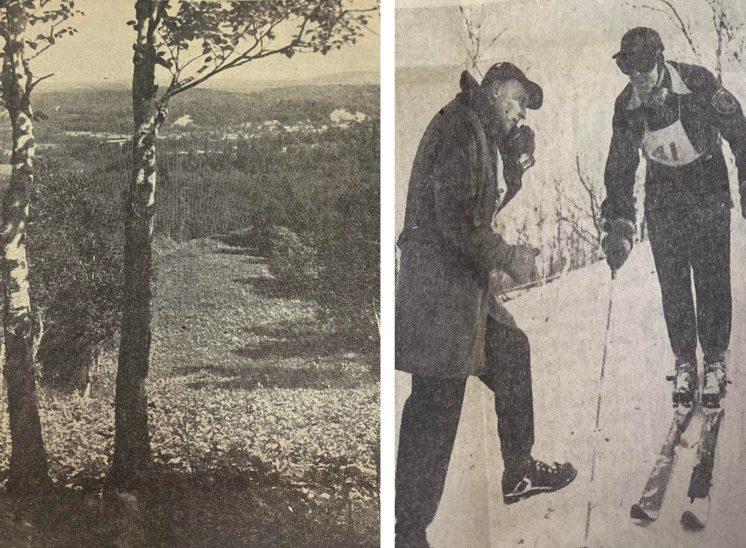
Left: The Mont du Lac ski area prior to development. Right: Scene from the Central U.S. Intercollegiate Downhill Slalom Championships in 1950. (Images from the Superior Telegram via the Superior Public Library)
Finest in Skiing Accommodations
Mont du Lac began its tenure as a recreational ski area in 1948, making it one of the oldest ski resorts still in operation in the United States. It would be another quarter century before the larger Spirit Mountain ski hill opened about six miles away.
Geographical footnote: Mont du Lac feels like part of Duluth’s Fond du Lac neighborhood, but actually sits on the Wisconsin side of the border in Superior Township.
“Mont du Lac will offer patrons of winter sports the finest in skiing accommodations” and “provide plenty of room for both the expert and the novice” the ski hill’s first manager, Tony Wise, told the Superior Evening Telegram in 1949. The resort started with three runs and had two tow ropes to take skiers up the slopes — a 1,200-foot rope for the two bigger hills and a 400-foot rope for the beginner hill.
Additional runs were groomed and lights for night skiing were added shortly after it opened, which helped to cement Mont du Lac as “one of the finest centers of its kind in the entire Northwest area” according to a 1952 article in the Telegram. It hosted the Central U.S. Intercollegiate Downhill Slalom Championships in 1950.
Skiers now enjoy a range of 10-to-12 distinct runs according to owner Larry Pulkrabek, but the extent of the winter attractions don’t end there. Guests can also careen down the 500-foot tubing lanes in the “Out of Bounds” tubing park.
The chalet at the base of the hill has been a fixture of the resort since it opened. The length of the hill-facing wall in the historic building is lined almost entirely with windows, and offers visitors the same encompassing view of the ski hill that the first skiers enjoyed in the late 1940s.
The biggest difference between the view then and now is characterized primarily by two structures — the resort’s chairlift, constructed in the late 1970s, and the Trophy Lodge that opened to the public in 2017 on the resort’s hilltop.
New Era of Summer Recreation
Mont du Lac’s tradition as a downhill-skiing destination shows no sign of dissipating, but initiatives by the current owners have greatly expanded the scope of its outdoor offerings. While skiers continue to shred its storied slopes in winter, a new era of summer recreation is here.
When Larry and Donna Pulkrabek purchased Mont du Lac in 2008 — becoming just the fourth owners in the resort’s then-62-year existence — they were drawn most to its river access and its vast protected woodland surroundings.
“When you get on top of the mountain and look around, there’s very little sign of civilization, and going forward that won’t change,” Larry Pulkrabek said.
Mont du Lac is bordered by Jay Cooke State Park and other state-owned land that’s protected by conservation initiatives, giving the property a unique position at the center of immense untapped wilderness.
Since they’ve purchased the resort, the Pulkrabeks have taken advantage of the area’s scenic environment and river access in ways entirely unique to Mont du Lac’s history — by transforming it from a ski resort into a year-round recreational resort and festival grounds.
In the past Mont du Lac put on bike races during the summer months, but for the most part it was shut down, Pulkrabek said. The attempt to “diversify into a four-seasons facility” in the past 12 years has yielded a significant expansion in activities that are suited for the warmer months. The Pulkrabeks have added archery targets, disc golf courses and mountain biking trails. Their new aquatic attractions include fishing, boating and tubing on the St. Louis River, as well as the new “Big Kahuna” floating waterpark fixed on a man-made pond in the RV park.
Pulkrabek said most Midwest ski operations fail due to the roughly 100-day earning period the ski season offers. That motivated him to expand the resort’s summer offerings, which included developing a unique regional event called Bowfest.
Bowfest brings together archery enthusiasts of all levels for a four-day festival featuring a variety of hunting vendors, four archery courses with more than 60 targets and opportunities to win prize-money in competitions. The event typically culminates with a performance by a top-level country music star.
The resort grounds are also transformed into a space for musical performances in an effort to create a “music and archery festival, not one more than the other,” Pulkrabek said. “It incorporates not just shooting, but also the activities of people getting together with like-minds that can talk about things they enjoy doing, and hopefully enjoy the music and the atmosphere of Mont du Lac.”
Pulkrabek started Bowfest six years ago as a way of giving back to the archery industry, of which he’s been intimately involved with for most of his professional career.
He’s been a bow hunter all his life, and his knack for coming up with new conceptual approaches to solve problems has lent to his success in manufacturing and selling outdoor gear. He started his company Field Logic in his garage in 1997, and brought to market a variety of innovative hunting products that proved popular in the archery community. These included their block targets, animal targets, IQ bow sights and other archery tools and accessories.
He sold Field Logic, now known as FeraDyne Outdoors, in 2015. He started Ravin crossbows shortly thereafter, and sold that company in 2018. Both are still in Superior.
Pulkrabek said the shift of Mont du Lac doing more business in the summer than winter reflects the transformation the resort has undergone, and gives credence to the larger goal he’s had from the start — “To make a low-cost option for families to get people into the outdoors.”
Recommended Links:
Leave a Comment
Only registered members can post a comment , Login / Register Here


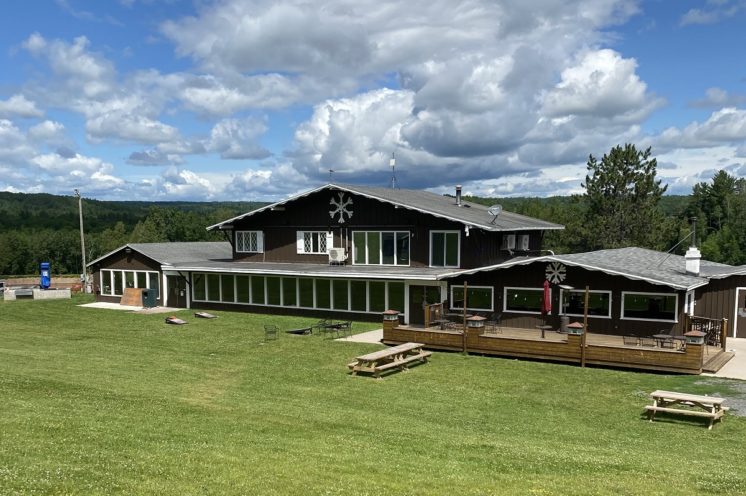
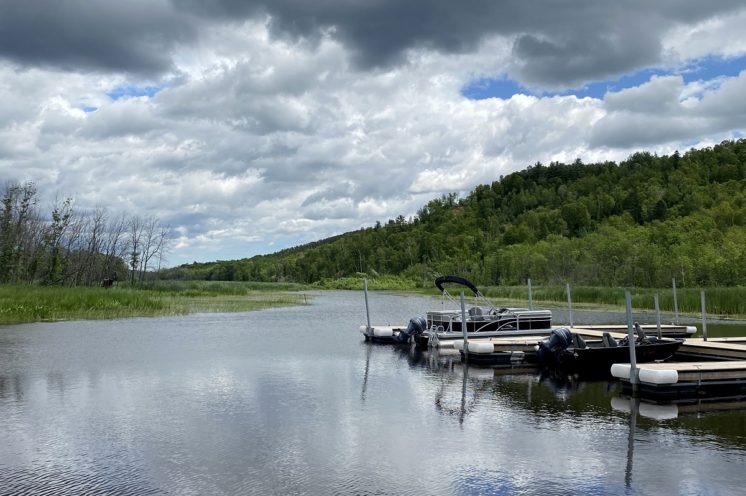
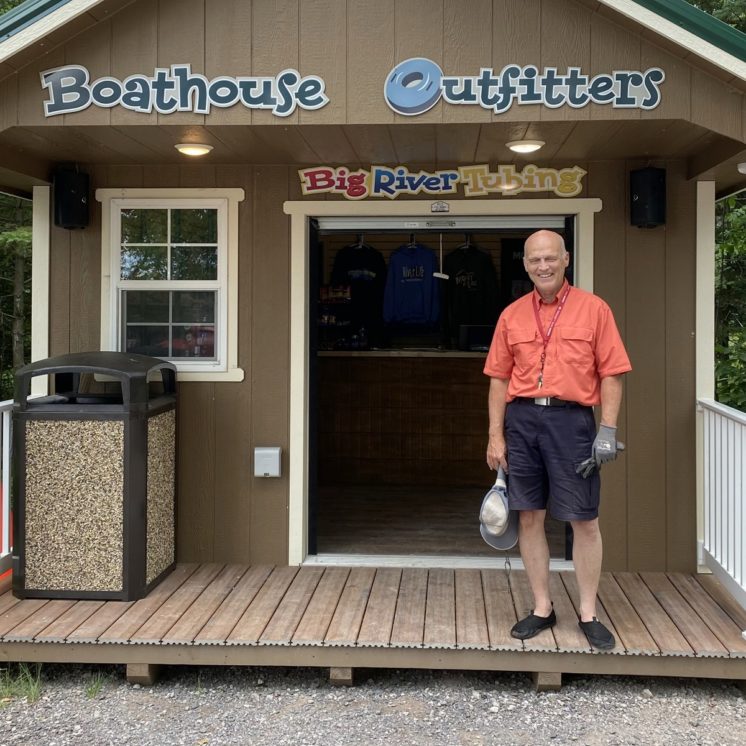
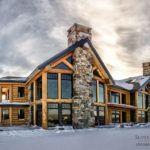
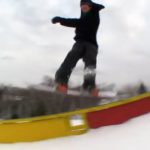
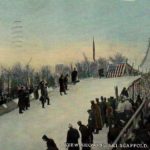









No Comments